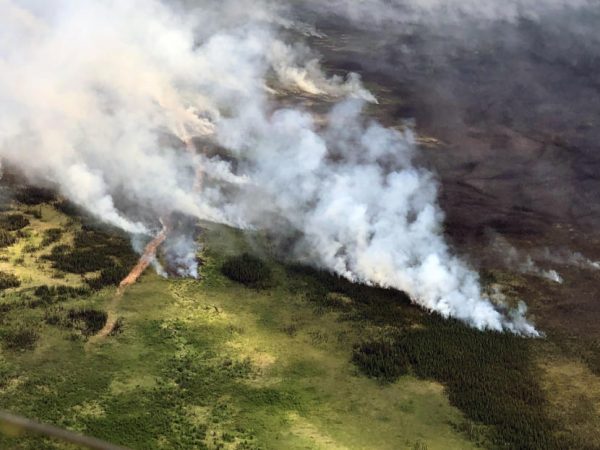“Zombie wildfires” — fires that smolder underground through the winter and flare up the following spring — appear to be increasing due to climate change, according to a recent study.

The study published in the journal Nature was led by researchers at a university in Amsterdam, aided by University of Alaska Fairbanks scientists.
Randi Jandt is a UAF fire ecologist and co-author of the paper. She said holdover wildfires weren’t historically tracked until the last 20 years, but they appear to be increasing.
“Everyone I’ve talked to — all these long-time field people in the fire business up there — kind of think it is increasing in frequency,” she said. “Now we’re starting to expect these things after some of our bigger fire seasons.”
The study points to more than 40 overwinter.ing wildfires reported in Alaska since 2005. Jandt said climate change is suspected to be a key factor.
She said when Alaska’s peat-rich soils dry out, they provide an environment where fire can smolder throughout the winter.
“It penetrates down into the lower parts of that duff,” she said. “Or, if it can get under the roots of some trees and be protected from moisture, it can hold that fire.”
Overwintering fires pose a challenge for firefighters.
“That smoldering overwinter can leave a bit pit of ash, or maybe even a finger of fire that creeps out from an area that looks green on top,” she said. “But it’s kind of underground, so they have to root these things out. It takes a lot of water.”
Jandt said holdover fires typically crop up in the spring, which requires firefighting agencies to be ready to respond early in the season.
Dan Bross is a reporter at KUAC in Fairbanks.




